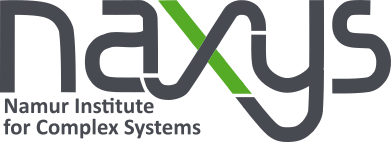Robotics Lab
Welcome to the robotics lab webpgae. In this lab, a team of doctoral and postdoctoral students carry out research work on problems related to the design of control mechanisms underpinning individual and/or group level adaptive processes in autonomous robots. We are interested in developing the mechanisms allowing the robots to autonomously adapt to complex and varying social and physical environments. We pursue this objective by using different design methods based on a collections of AI and machine learning techniques.
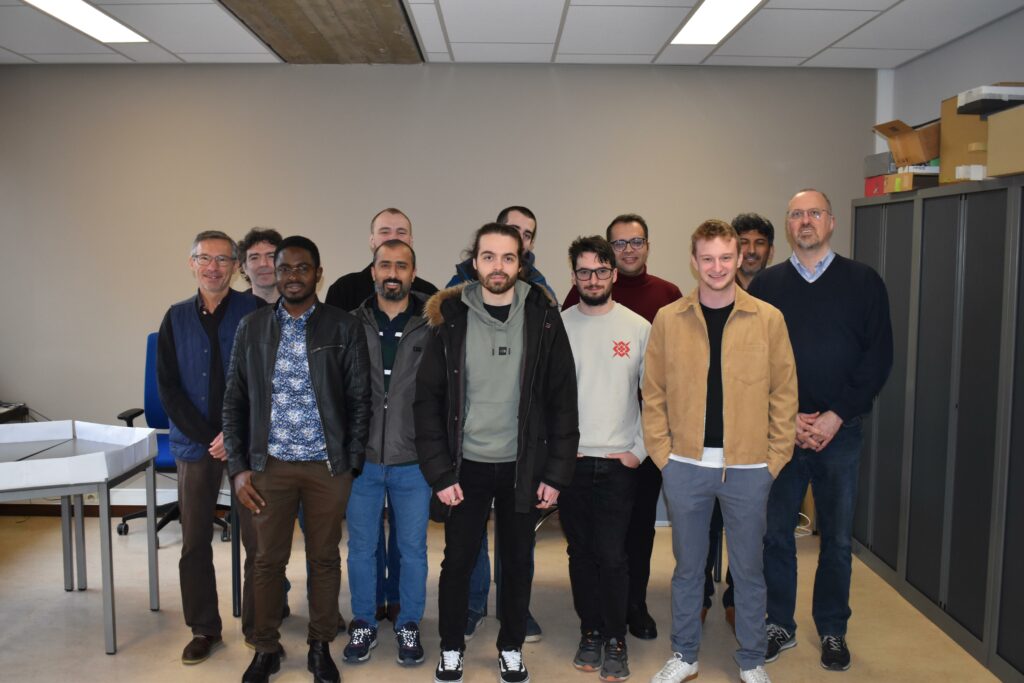
Choeurs Synthétique
Vacancies
Currently, there is no vacancies in the lab
Current members
| UNamur staff members | PostDocs | PhD students | Former members |
| Prof Elio Tuci | Dr Muhanad Alkilabi | Ahmed Almansoori | Dr Ziya Firat (PhD 5/23) |
| Prof. Timoteo Carletti | Dr Marcelo Ramirez Avila | Antoine Hubermont | Dr Judhi Prasetyo (PhD 9/23) |
| Dr Dari Trendafilov | Antoine Sion | Giuliana Pagliuca – Erasmus 9/21 – 2/22 | |
| Aymeric Vellinger | Dr Thierry Njougouo (4/22 – 3/24) | ||
| Davoud Alahvirdi | |||
| Guillaume Maitre | |||
| Nemanja Antonic | |||
| Cinzia Tomaselli (visiting PhD) |
Our projects
BABOTS: The design and control of small swarming biological animal robots (11/2023 – 10/2027)
Aymeric Vellinger & Nemanja Antonic – Funded by the Horizon Europe – EIC PathFinder European Innovation Council Work Programme (HORIZON-EIC-2022-PATHFINDEROPEN-01-01) Grant agreement N. 101098722.
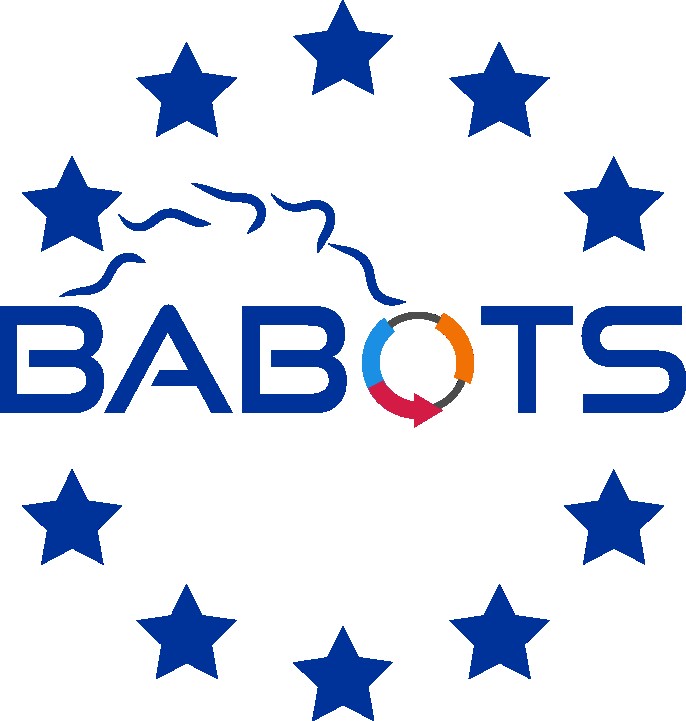
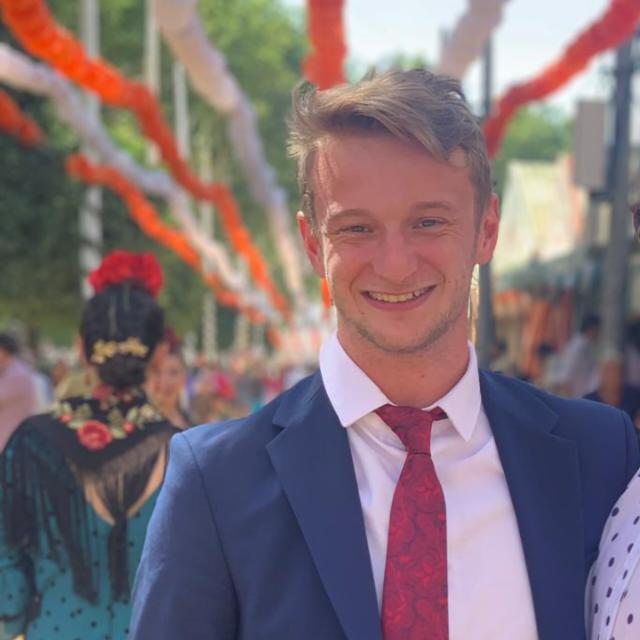

The BABOTS project coordinated by naXys member Elio Tuci, promotes an innovative, disruptive technology based on Biological Animal roBots (BABots). BABots are small animals, such as worms or insects, whose nervous system will be reprogrammed to execute new and useful behaviours. BABots will be designed to perform delicate tasks within miniature complex biological environments, such as in the soil, on plants or even in our body. The BABOTS project, funded by Horizon Europe, PathFinder European Innovation Council Work Programme under grant agreement No 101098722, is run by an international consortium of experts in neurobiology, synthetic biology, robotics and ethics, together with a commercial partner from the agrotech industry. See https://babots.eu for more details.
AUTOMATic: Autonomous Manager for urban Traffic (11/2022 – 11/2026) – Davoud Alahvirdi
Funded by UNamur/UCL ARC project, supervisors Prof E. Tuci, Prof J-N. Colin, Prof A. Mauroy
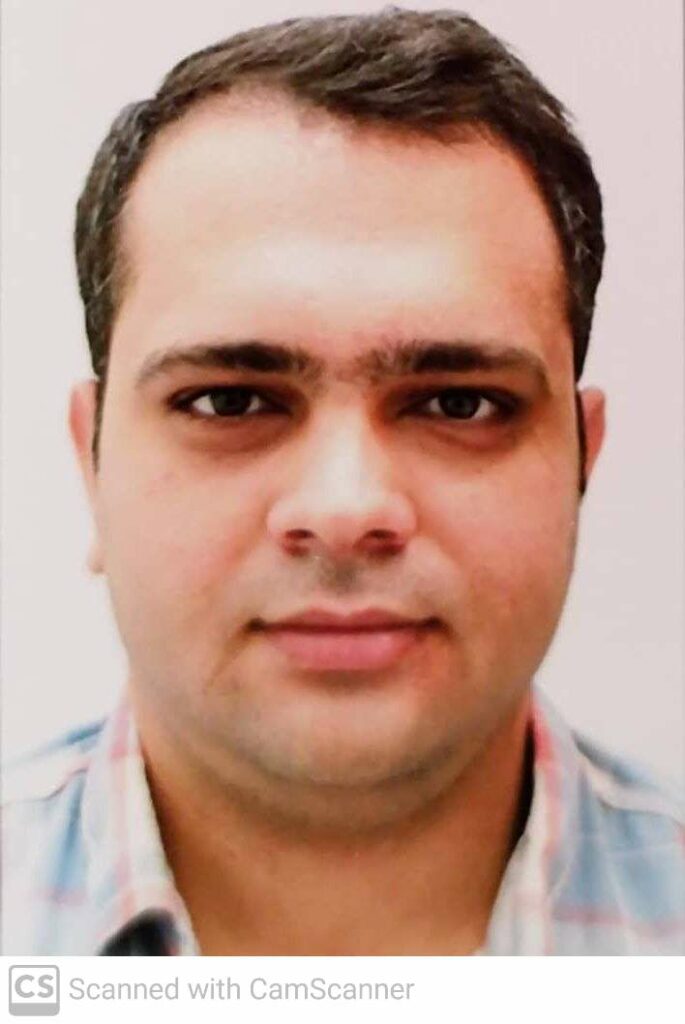
The AUTOMATic project aims to develop and to test, in a simulation environment, a content-aware urban traffic management system relying on a swarm of unmanned aerial vehicles (UAVs). Urban traffic refers to the movement of public and private vehicles as well as of pedestrians in an urban road network. With the term content-aware system for traffic management, we refer to a set of artificial devices that, by extracting data describing urban traffic and by operating ground based units, can autonomously and automatically: i) evaluate the traffic current status; ii) predict its future; and iii) mitigate or avoid undesired developments (e.g., congestion).
On the study of firefly sinchronisation using robots (3/2024 – 3/2026) – Dr Marcelo Avida & Cinzia Tomaselli
Funded by EU-C2W Post-doctoral fellowship, supervisors Prof T. Carletti, Co-PI Prof. E. Tuci
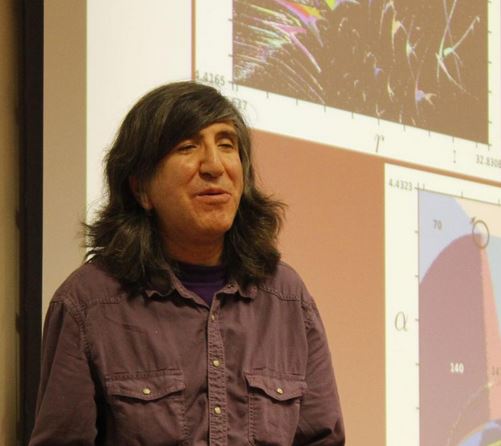
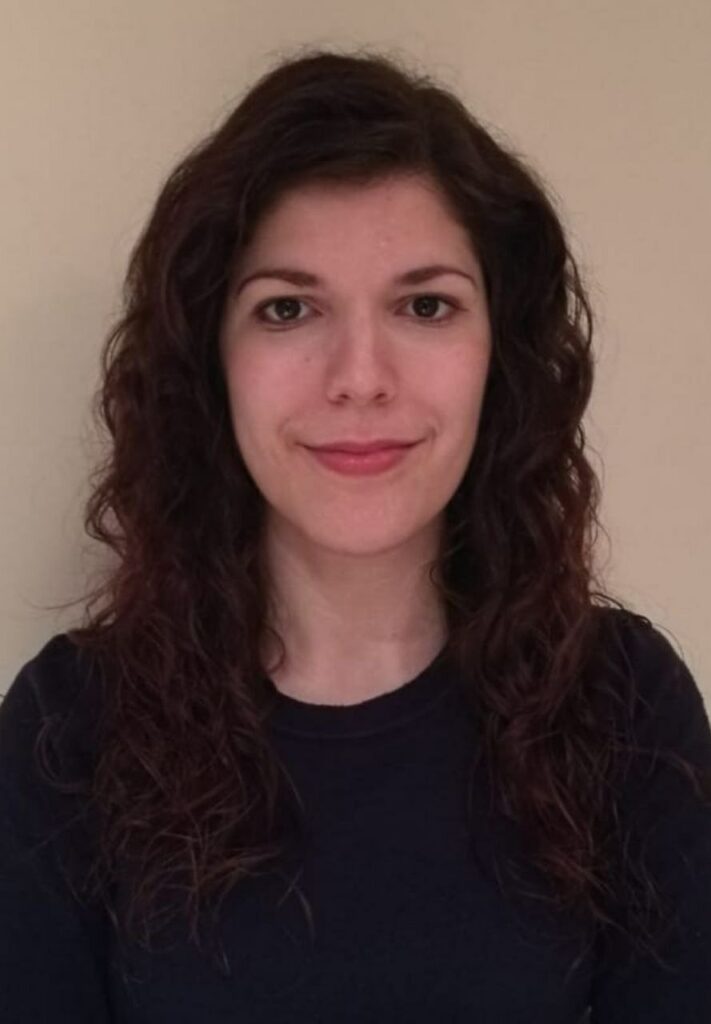
Our project involves implementing the so-called response to synchronisation in a population of e-puck robots. It is inspired by a behaviour observed in certain firefly species related to courtship. This behaviour is characterised by the males’ synchronisation, which enhances the females’ recognition of their conspecifics and, consequently, the females’ response. The project is in the framework of complex systems and robotics. In principle, we will work in a scenario in which each robot can communicate with nearby units by exploiting a range and bearing technology on board of them.
Cinzia Tomaselli is a Ph.D. student in System, Energy, Computer, and Telecommunication Engineering at the University of Catania. She is spending her abroad period at UNamur under the supervision of Professors. Timoteo Carletti and Elio Tuci. Her research interests include consensus, synchronisation, control of multi-agent systems, and application to swarm robots.
Marcelo Ramirez-Avila is a UE-C2W post-doctoral fellow working under the supervision of Profs. Timoteo Carletti and Elio Tuci in the project BeneXst (Belgian advanced studies on compleX systems, networks and synchronisation).
Monaster: Système de surveillance des défaillances avec une stratégie de maintenance préventive et autonome basée sur la robotique et l’intelligence artificielle pour des applications spatiales (7/2022 – 7/2026) – Antoine Hubermont
Funded by SPW-Wallonie Recherche, Win4Doc fellowship, supervisors Prof. E. Tuci, N. De Quattro (Telespazio Belgium)

A satellite ground asset is an infrastructure of terrestrial antennas for receiving and transmitting information with satellites. Ground assets perform two essential tasks: the transmission/retransmission of signals and their modulation/amplification. This project aims to create a platform to visualise and to forecast information about the status of ground assets, to evaluate the level of risk of their failure, and to identify anomalies and initiate a recovery process of their functions. The platform integrates and combines the detection and prediction capabilities of artificial intelligence based solutions with the technical capabilities of robotic solutions. This project is run in collaboration with the company Telespazio Belgium.
inXys: Information-theoretic complexity measures for evolutionary swarm robotics (11/2022 – 11/2024) – Dr Dari Trendafilov
Funded by EU, C2W PostDoctoral Fellowship, supervisors Prof E. Tuci, and Prof T. Carletti
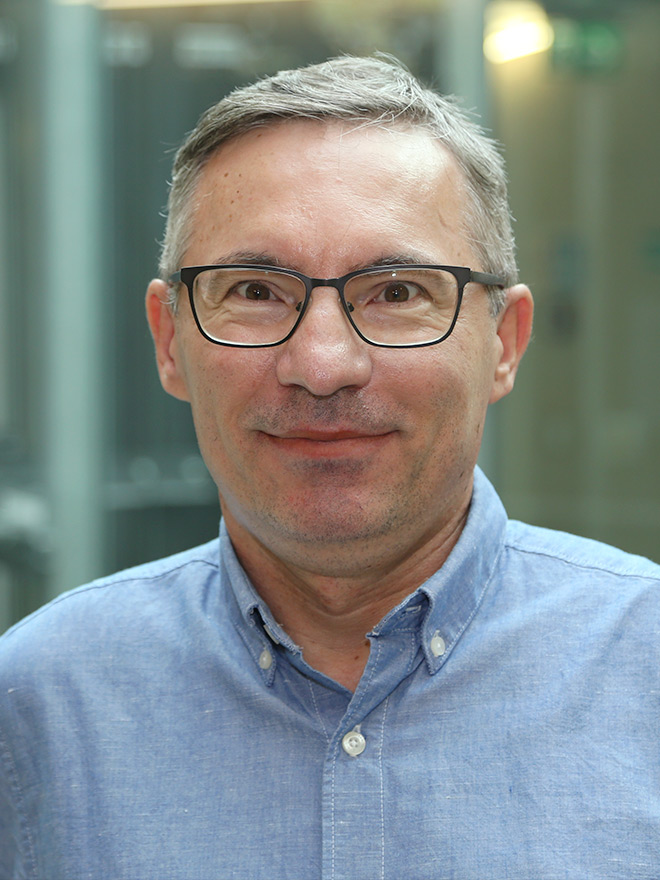
This project aims to develop a novel information-theoretic framework for supporting the automated design of robot swarms, building on the principles of empowerment and relevant information, task-independent, universal and generic utility functions. By way of creating analytic models and artificial simulations, this project leverages the empowerment measure as a fitness function in swarm evolution and as a control mechanism in robot collectives. This will offer a novel perspective for evolutionary swarm robotics, building on generative mathematical models, objective quantitative measures and analytical tools. This project benefits from the collaboration of Dr Nicolas Bredeche.
ILabBot: Intelligent Laboratory Autonomous Mobile Robot for Pharmaceutical Industry (8/2022 – 8-2025) – Dr Muhanad Alkilabi
Funded by SPW-Wallonie Recherche, BEWARE postDoctoral fellowship, supervisor Prof E. Tuci, Dr G. Reichling (CISEO Engineering)
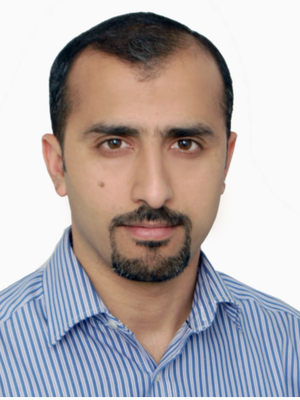
The objective of this project is to equip the HelMO mobile robot with all the necessary control mechanisms and possibly additional sensors to enable the robot to operate autonomously in a pharmaceutical laboratory environment in order to automate production processes currently performed by human operators. In particular, the objective is to enable the HelMo robot to navigate autonomously in a structured indoor environment, to manipulate objects and to interact with human operators. This project aims to pave the way for the use of the HelMo robot in the pharmaceutical laboratory by developing the hardware and control structures necessary to fully automate the robot’s behaviour and make it capable of performing tasks that contribute to pharmaceutical production processes. This project is run in collaboration with the company CISEO.
Collective decision making in a swarm of robots (11/2019 – 11/2023) – Ahmed Almansoori
Funded by UNamur CERUNA doctoral fellowship, Ahmed Almansoori, supervisor Prof. E. Tuci
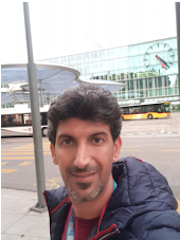
Our work aims to design a mechanism for collective decision making (CDM) in a swarm of robots by exploiting the evolutionary robotics approach and by using the collective-perception scenario as a test bed to validate this mechanism. In the collective perception scenario, the robots explored a close arena with the floor made of black and white tiles. The swarm has to reach a consensus on which type (black or white) of tiles covers most of the arena floor. We intend to study how the spatial distribution and number of features scattered in the environment influence the CDM process and individual behaviour. Moreover, we intend to investigate the ability of the synthesized controller to adapt to new changes in the environment.
Auditing electrical infrastructures with UAVs (1/2020 – 12/2024) – Guillaume Maitre
Funded by SPW-Wallonie Recherche, Doctorat-en-Entreprise fellowship, supervisors Prof. E. Tuci, D. Martinot (Qualitics Belgium)
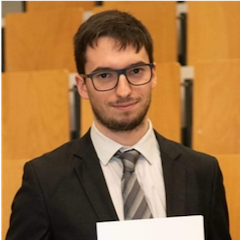
The aim of the project is to set up and deploy one or more fully autonomous UAVs to automate the inspection of high-voltage line installations such as electrical pylons and concrete poles. Currently, audits are carried out either by fitters with line logging, or by helicopter or manually piloted UAVs. The detection of defects, once the data has been acquired, still has to be done manually by an experienced person capable of analyzing and identifying the slightest defects. An enormous amount of data has to be visualized, at considerable cost.
The aim of this research project is to automate and make the inspection of towers and power lines autonomous. The pylon requires meticulous inspection of its various components (members, angles, insulators, etc.). In addition, there are several different tower silhouettes. It is therefore a real challenge to design an effective AI system capable of the pylons audits and the analysis of defects. More details here. This project is run in collaboration with the company Qualitics.
Self-organised aggregation in swarms of robots (7/2021 – 7-2024) – Antoine Sion
Funded by SPW-Wallonie Recherche ARIAC project, an initiative of the AI institute TRAIL, supervisor Prof. E. Tuci

Aggregation in swarm robotics is a well-known behavior that enables the swarm to regroup before performing other tasks. We study here an aggregation problem occuring on two sites. By injecting a certain degree of heterogeneity into the system via informed individuals, we can manage the final expected distribution of the swarm on the sites. Robots are equipped with simple probabilistic finite state controllers and simulations ran using ARGoS. Modifying the number of informed robots (robots having a preference for one of the two sites), we effectively drive the system close to the expected state and avoid the classic symmetry-breaking case where all robots end up aggregating on only one site.
Heterogeneity and self-organsiation in swarm of robots – Ziya Firat
Supervisors Prof. E. Tuci, Dr E. Ferrante (TII UAE)
Previous projects
Synthetic Choir – An art/science collaborative project – Muhanad Alkilabi (1/2020 – 3/2021),
Funded by naXys UNamur, supervisors Prof. E. Tuci, Prof T. Carletti, in collaboration with Collective VOID and TRAKK
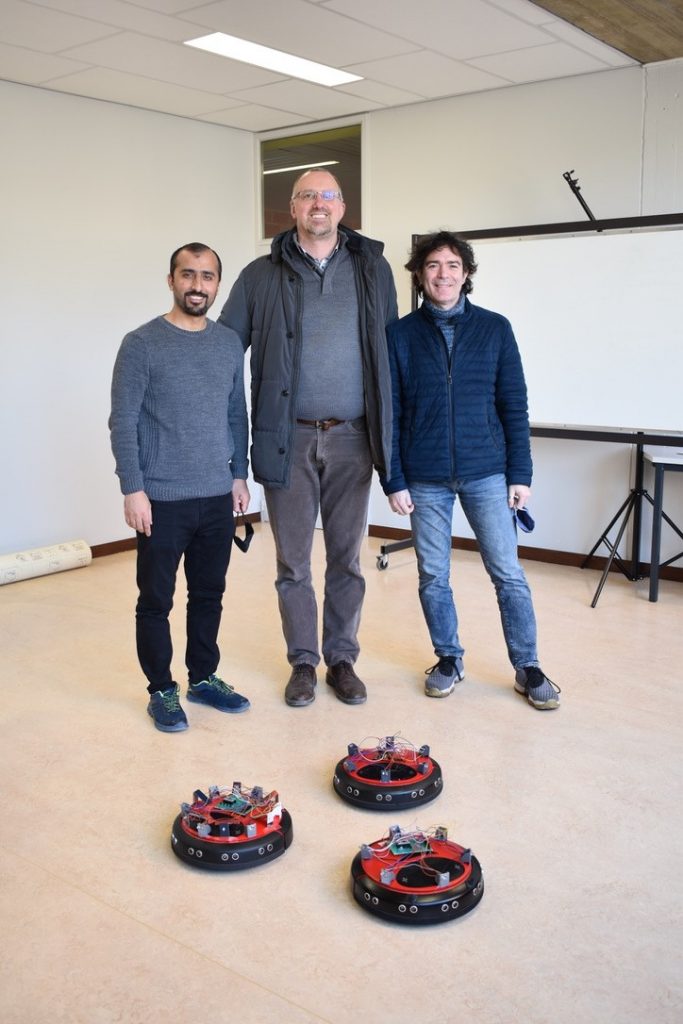
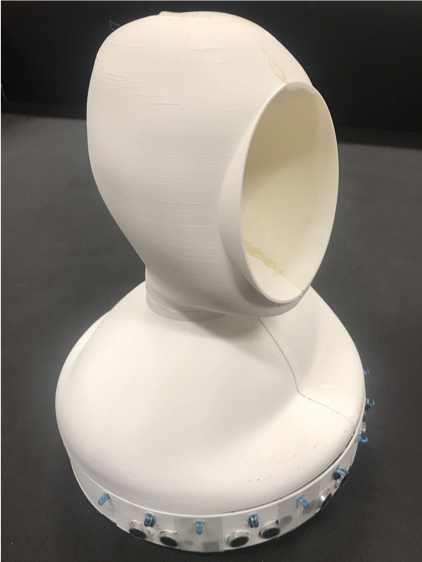
This is a science-art collaborative project, created by Prof E. Tuci (Faculty of Computer Science, UNamur), Prof. T. Carletti (Depart. of Mathematics, UNamur), TRAKK (Namur), and the Belgian artists from the collective VOID. The project is about designing and building 20 autonomous robots that randomly move in an enclosed arena. The robots that by chance get closer to each other, they stop and start emitting a sound, prerecorded by the artists. The continuous random interactions between the 20 robots will generate a self-organized sound and visual experience that we hope the audience will enjoy. The robots have been designed and built by the UNamur research fellow Dr Muhanad Alkilabi. This art installation will be shown in different national and international venues. When not used in the installations, the robots will be used by the Faculty of Computer Science and the naXys Institute for teaching, research and outreach activities. On 30th October 2021, the project has been presented at the RTBF radio program Les Eclaireurs .
Previous members
- Giuliana Pagliuca – Erasmus student from Università degli Studi di Napoli, Italy (9/2021 – 2/2022)
- Dr Ziya Firat – “Self-organised aggregation in Swarms of Robots with informed Robots” – Public defence 9-5-2023
- Dr Judhi Prasetyo – “On the Role of Zealots in Collective Decision-making Problems” – Public defence 11-9-2023

